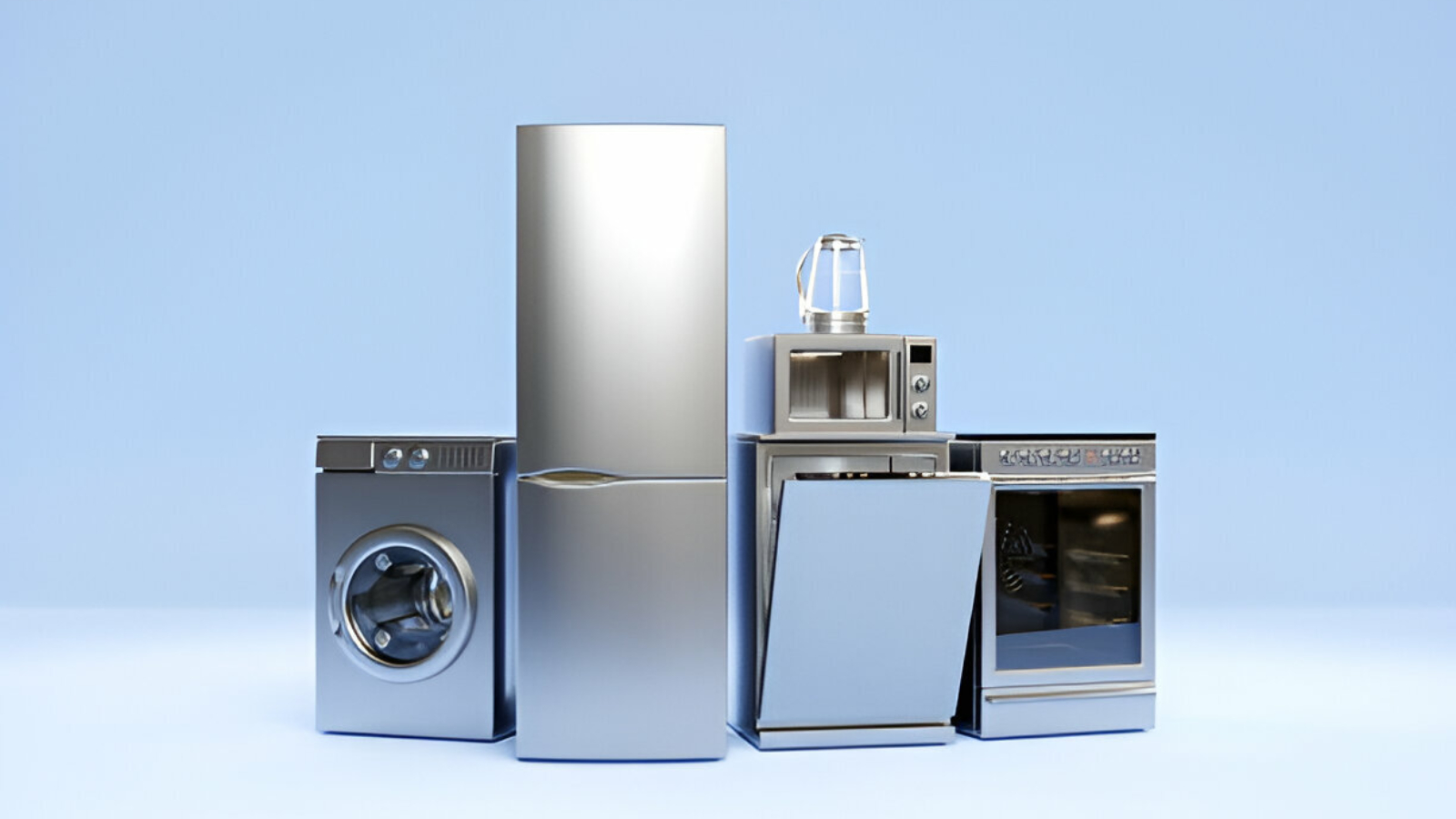If you plan to buy a large-ticket item, such as a home appliance, soon, being aware of MAP purchasing can help you negotiate the most affordable rate and save several hundred or thousands of dollars.
Continue reading to learn more about what MAP cost means and how this pricing system may benefit you.
Minimum Advertised Price (MAP)
A shop can only market something at the cheapest feasible price, determined by the company’s Minimum Advertised Price (MAP) regulations. Stores may list the goods at whatever cost they like, but they cannot promote them for less than the suggested retail price indicated by the manufacturer (MAP). This strategy keeps shops from rivalry over prices and preserves a consistent perception of the brand.
This is the lowest cost a manufacturer would accept for merchants to promote their goods. Sellers can set their own prices for what they sell; however, they are not allowed to openly encourage or exhibit an amount less than the MAP.
How Does the Minimal Price that is Promoted Operate?
Companies can use MAP marketing to set an appropriate cost for their internet-based and print advertisements. MAP regulations are intended to stop pricing battles and depreciation among businesses. Since MAP cost regulations are mandatory for all sellers, store-to-store costing is typically constant.
Companies are still free to choose whether to charge cheaper for a particular good; however, they are not allowed to advertise that discount to draw in clients. A store may lower the retail cost of an appliance to $1,499, for instance, if its MAP cost is $1,999. This cost, however, is not permitted to be advertised on the web or utilized in any additional promotional or commercial initiatives, brochures, or advertisements.
Manufacturer’s Suggested Retail Price (MSRP)
The retail cost for goods the supplier suggests to buyers is the Manufacturer’s Suggested Retail Price or MSRP. Alternatively referred to as the starting cost or the label cost, it aims to maintain costs at a nearly comparable range among various retailers.
It’s crucial to remember that buyers and sellers might sometimes not apply the manufacturer’s suggested selling price when purchasing your goods.
As the term implies, the MSRP is a recommended cost offered by the company’s products or producers. It assists both buyers and sellers in determining to what extent customers are receiving the correct price of the goods. It helps buyers and retailers establish a suitable selling price for things. However, merchants are not obliged to set prices at the retail price (MSRP) alone.
Retailers may lower their rates below MSRP to clear off inventories or draw in purchasers throughout a sale period. If something is in high demand and selling rapidly off the shelf, vendors could set their pricing higher than its MSRP.
Can you compare MSRP with MAP?
There are two distinct forms of product costing: MSRP and MAP.
The MSRP is the suggested retail cost set by companies, whereas MAP pricing considers the cheapest price for which an item might be displayed. Vendors are expected to abide by MAP regulations. Promoting goods below the MAP may be construed as breaking the agreement, and the company could even resort to legal proceedings.
Conversely, MSRP is merely a recommended price set by manufacturers; dealers are not obligated to adhere to it. The manufacturer’s suggested retail prices inform vendors of the cost the company anticipates receiving for its goods. Like a sign, MSRP enables vendors to provide their clients with the appropriate pricing.
In actuality, MSRP prices are safeguarded by MAP prices. For example, you wouldn’t require your goods to be promoted at substantial discounts if you sought to establish a distinguished company recognized for its exceptional offerings. It could convey to those in your market that your goods are utterly unworthy of their MSRP. Sellers can reasonably advertise goods to retain maximum earnings using MSRP, which provides a solid notion of the price to charge, even though MAP is the minimum requirement for price determination.
When buying home appliances or electronics in Canada, customers can save a lot of money by being aware of MAP and MSRP. This makes it easier to identify affordable rates and any reductions that might not have been publicly disclosed. With this understanding, you can bargain for better terms and save hundreds or even thousands of dollars. You can recognize situations where sellers abide by MAP rules and offer affordable rates below MSRP throughout sales or supplies authorizations while offering cheaper costs than those displayed.
 Cart is empty
Cart is empty
Leave A Comment